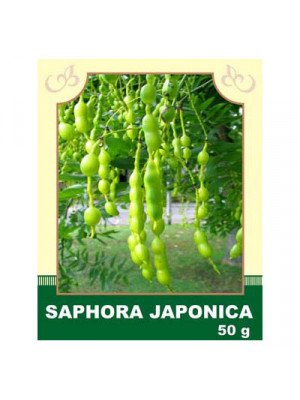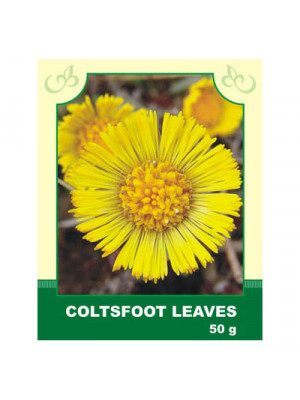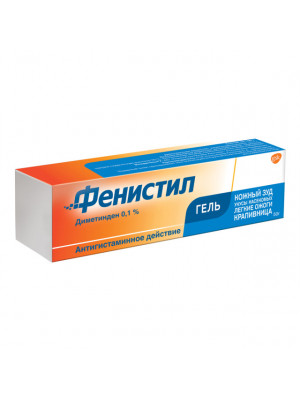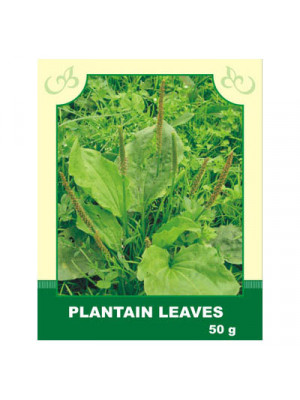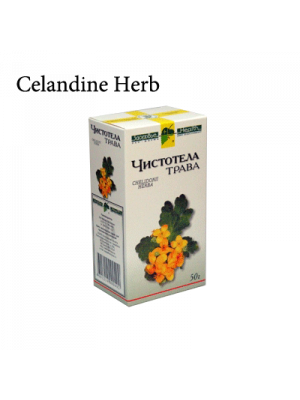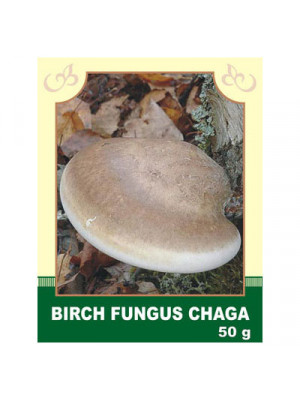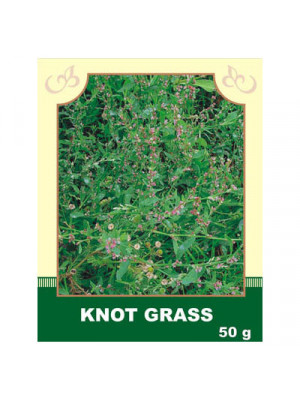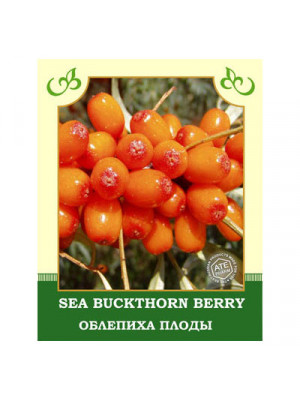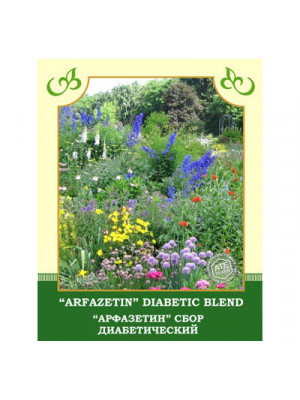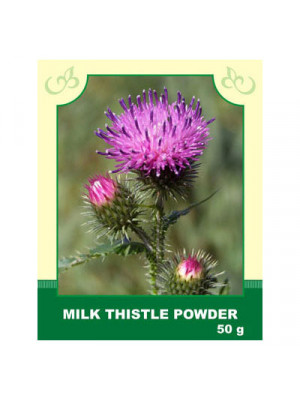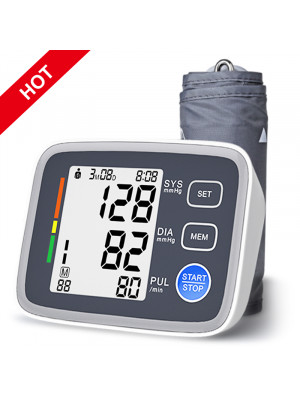Search results for 'Black Currant Leaf 50g'
Internally, it reduces blood pressure, cleanses blood vessels from cholesterol plaques, restores vessel elasticity, regulates the metabolism of many body systems, and promotes immune system strengthening.
Methods of application and dosage: To prepare an infusion, grind 20 g of dried flowers into powder, then pour them with 250 ml of boiling water and let it infuse for about two hours. Strain the infusion and take 1-2 tablespoons three times a day after meals.
Externally, for treating carbuncles and furunculosis, eczema, fungal diseases, pityriasis versicolor, minor and moderate wounds, frostbite, and burns of the 1st, 2nd, and 3rd degrees, and for preventing hair loss, boil 20 grams of the plant's fruits in 200 ml of water over low heat for 15 minutes. Cool the decoction, strain it, and then rub it thoroughly into the hair roots. After 5 minutes, rinse the hair well.
Contraindications: Pregnant and lactating women, children, and individuals with individual intolerance to the preparation. Also, activities requiring concentration.
$6.99Folk remedy for strengthening hair and combating dandruff:
A decoction of coltsfoot mixed with nettle is an effective remedy for strengthening hair and combating abundant dandruff.
Internal use:
Take it internally for the following conditions: bronchial asthma, bronchitis, pleurisy, pneumonia, runny nose, flu, inflammatory processes in the oral cavity, toothache, arthritis, myositis, allergies, epilepsy, malaria, edema, shortness of breath, gastrointestinal diseases, peptic ulcer, gastritis, heart diseases, bladder, and kidney diseases.
Preparation and dosage: Pour 5 g of raw materials with 200 ml of boiling water, boil for 10 minutes, infuse at room temperature for 10-15 minutes, then strain. Take 1 tablespoon 3-4 times a day before meals.
External use:
Externally, the decoction is used for accelerating the ripening of boils, for chronic wounds and ulcers. It is also used for gargling in case of angina and for douching in inflammatory diseases of the female genital organs accompanied by discharge. For external use, pour 50 g of raw materials with 1 liter of boiling water, boil for 5 minutes, strain, and apply externally.
Contraindications: Individual intolerance.
$6.99Internally, it is taken as an expectorant for acute bronchitis, pneumosclerosis, pulmonary tuberculosis, and whooping cough; for nocturnal enuresis; in gastritis and acute gastrointestinal diseases (enteritis, enterocolitis), acute and chronic colitis; in urticaria, scabies, and atherosclerosis; in stomach, lung, skin cancer, and elephantiasis.
Method of application and dosage: Pour 2 tablespoons of raw material into 200 ml of boiling water, boil in a water bath with the lid closed for 30 minutes, infuse at room temperature for 10 minutes. Strain, squeezing the remaining material, bring the obtained infusion to the original volume with boiled water, and take orally 1/3-1/2 cup 3-4 times a day 10-15 minutes before meals. Externally, use the powder from plantain leaves to sprinkle wounds; the decoction is used for rinsing wounds, ulcers, for gargling with compresses in case of eye inflammation and dermatitis.
Contraindications: Individual intolerance, gastritis, peptic ulcer with increased acidity, predisposition to thrombosis.
$6.99Internal use: Tansy treats hypertension, asthma, anemia, atherosclerosis, food poisoning, flu, soft tumors (fibroids), polyps in the colon, hemorrhoids, gastritis, goiter, gout, rheumatism, ulcers of the gastrointestinal tract, liver, gall bladder, kidneys, and heart muscle.
Application and dosage: Place fresh herb in a 500 g jar, filling half of the volume. Pour boiling water, cover with a lid. (For an infusion of dry herb, fill 1/4 of the jar). After cooling, drink twice a day, 100 ml each time, 10-15 minutes before meals. The infusion color is dark, and the taste is bitter.
External use: Infusions of the herb and root are used for baths, washes, and compresses for various skin conditions (rashes, lichen, boils), jaundice, purulent wounds, and ulcers. Infected, slow-healing ulcers and wounds are treated with a powder made from the leaves. Pour 30 g of raw material with 1 liter of boiling water, infuse for 3-4 hours, strain, and apply as directed.
Contraindications: Individual intolerance, epilepsy, angina pectoris, bronchial asthma, neurological diseases. A poisonous plant that requires caution in use.
$6.99Internal use: Chaga enhances the body's defensive reactions, activates metabolism in brain tissues, reduces arterial and venous pressure, has anti-inflammatory effects not only when taken internally but also when applied externally. It also lowers blood sugar levels. Chaga is used as a general strengthening and anti-inflammatory agent for gastrointestinal diseases. It is also used as a symptomatic remedy for various oncological diseases, in otolaryngology, and in the treatment of psoriasis, eczema, and other skin conditions.
Method of application and dosage: Soak the mushroom in boiling water so that it covers the mushroom completely and let it steep for 4-5 hours. Crush the soaked mushroom and pour it with preheated water to 50 degrees Celsius at a ratio of 1:5, using the water left from the initial soaking. After 48 hours of infusion, strain the liquid, squeeze out the sediment, and dilute the obtained infusion with water to the original volume. Store the infusion in the refrigerator for 3-4 days. Take 1 glass three times a day in small portions and sips 30 minutes before meals (adult dose). The course of treatment is 4-5 months with breaks of 7-10 days.
Contraindications: Individual intolerance. Intravenous administration of glucose and penicillin-3 (a fungus antagonist) is prohibited during Chaga treatment.
$6.99
Description.Salmon stated: 'Knotgrass is peculiar against spilling of blood, strangury and other kidney affections, it cools inflammations, heals wounds and cleanses and heals old filthy ulcers. The chemical composition of Knot grass is complex. The herb is considered to be a treasure of protein, cellulose, tannins and sugars. It also contains phosphor, calcium, zinc, ascorbic acid, silicon and carotin. That is why it is not a surprise that knotgrass is popular with physicians and dietitians. The plant is used as it is astringent, anti inflammatory, diuretic, antiseptic, anesthetic, expectorative, cholagogic, laxative, wound healing and febrifuge. Use. Knotgrass is used for colds, bronchitis, pneumonia, coughs, asthma, tuberculosis, insomnia, mouth inflammations, gastritis, skin diseases, stomach disorders and stomach ulcers. The herb is considered to be of great help for respiratory apparatus and female breeding organs. Many women cured sterility after drinking knotgrass as tea for some time. Knotgrass prevents the formation of urinary stones. Due to presence of tannins this herb is of great value for fortifying blood vessels and for gastrointestinal tract.
Attention! Before using any herbal products, make sure that you have full knowledge of how the herb works and any adverse reaction it may cause.$6.99
Description. Sea Buckthorn is one of the important natural resources growing from Europe to China. For centuries, the people of central and southeastern Asia have used sea buckthorn as an agent of traditional medicine to prevent and heal various ailments. Today, the plant is primarily valued for its fruits, which provide vitamin C, vitamin E, B1, B2, K, P and other nutrients (sodium, magnesium, silicon, iron, aluminum, calcium, manganese) antioxidants, oils rich in essential fatty acids, and other useful components. The most important pharmacological functions attributed to sea buckthorn are: anti-inflammatory, antimicrobial and vitaminous. Sea buckthorn has been shown to have a potent antioxidant activity, mainly attributed to its flavonoids and vitamin C content. Vitamin B in Sea Buckthorn has a positive effect on Mens Health. Uses. There are five areas of sea buckthorn use: as an aid to patients undergoing cancer therapy; a long-term therapy for reduction of cardiovascular risk factors; reduction of gastrointestinal ulcers; internal and topical therapy for a variety of skin disorders; and as a liver protective agent (for chemical toxins) and a remedy for liver disorders. Sea buckthorn berries are use for avitaminosis and escorbuto.
Warning! Before using any herbal products, make sure that you have full knowledge of how the herb works and any adverse reaction it may cause.$8.99- Contains: Chamomile flowers, St. John's wort, Horsetail, Rose hips, Bilberry sprouts, Haricot beans, Hercules Club root. Uses: This blend is used for its hypoglycemic and restorative actions. It is helpful for prevention and reduction of light forms of diabetes, it reduces level of sugar in blood and considerably improves atate of health.
Warning! Before using any herbal products, make sure that you have full knowledge of how the herb works and any adverse reaction it may cause. For more detailed information about each herb see 'Herbs' section.$6.99 In folk belief, 1 tablespoon of meal is thought to completely neutralize alcohol before a feast. The leaves of milk thistle are considered a mild laxative and diaphoretic.
The seeds are used for hepatitis, gallstone disease, colitis, hemorrhoids, diseases of the spleen, thyroid gland, as well as for salt deposits, edema, dropsy, obesity, radiculitis, and joint pain in allergic skin diseases, baldness, and psoriasis. The meal is effective in alcoholism, constipation, reduces blood sugar levels, purifies the blood, and treats varicose veins.
Method of application and dosage: Steep 1 teaspoon of seeds in 250 ml boiling water, infuse for 20 minutes, strain, and drink hot in small sips, one glass in the morning on an empty stomach, half an hour before lunch, and in the evening before bedtime.
For the meal, boil 30 g in 0.5 L of water on very low heat until half of the liquid evaporates. Strain, drink 1 tablespoon every hour from morning to evening, or take 1 tablespoon of powder 4-5 times a day 20 minutes before meals, washed down with water. The course of treatment is one month. If necessary, repeat the course after 2-3 weeks. Halve the doses for children.
Contraindications: Individual intolerance.
$5.99


